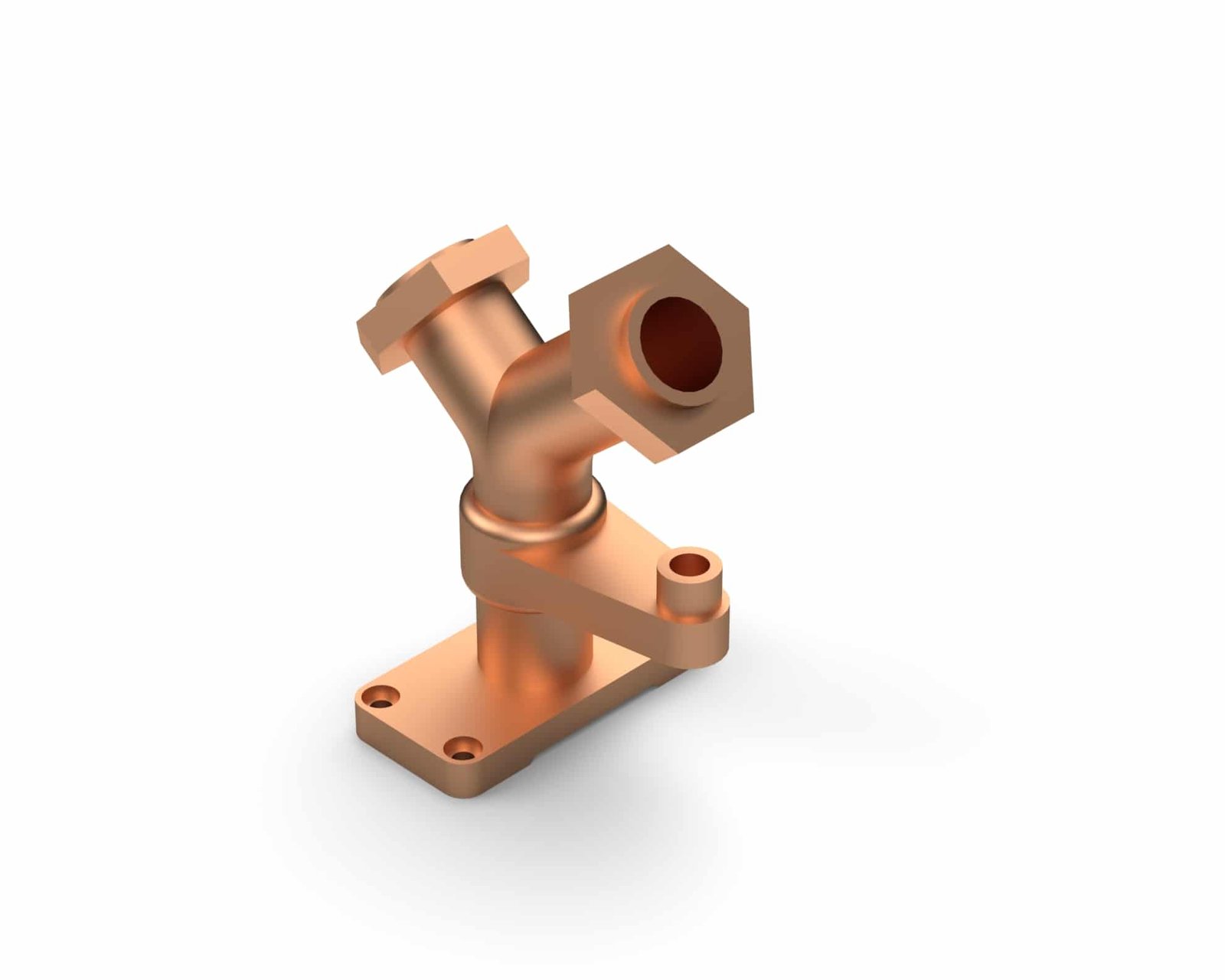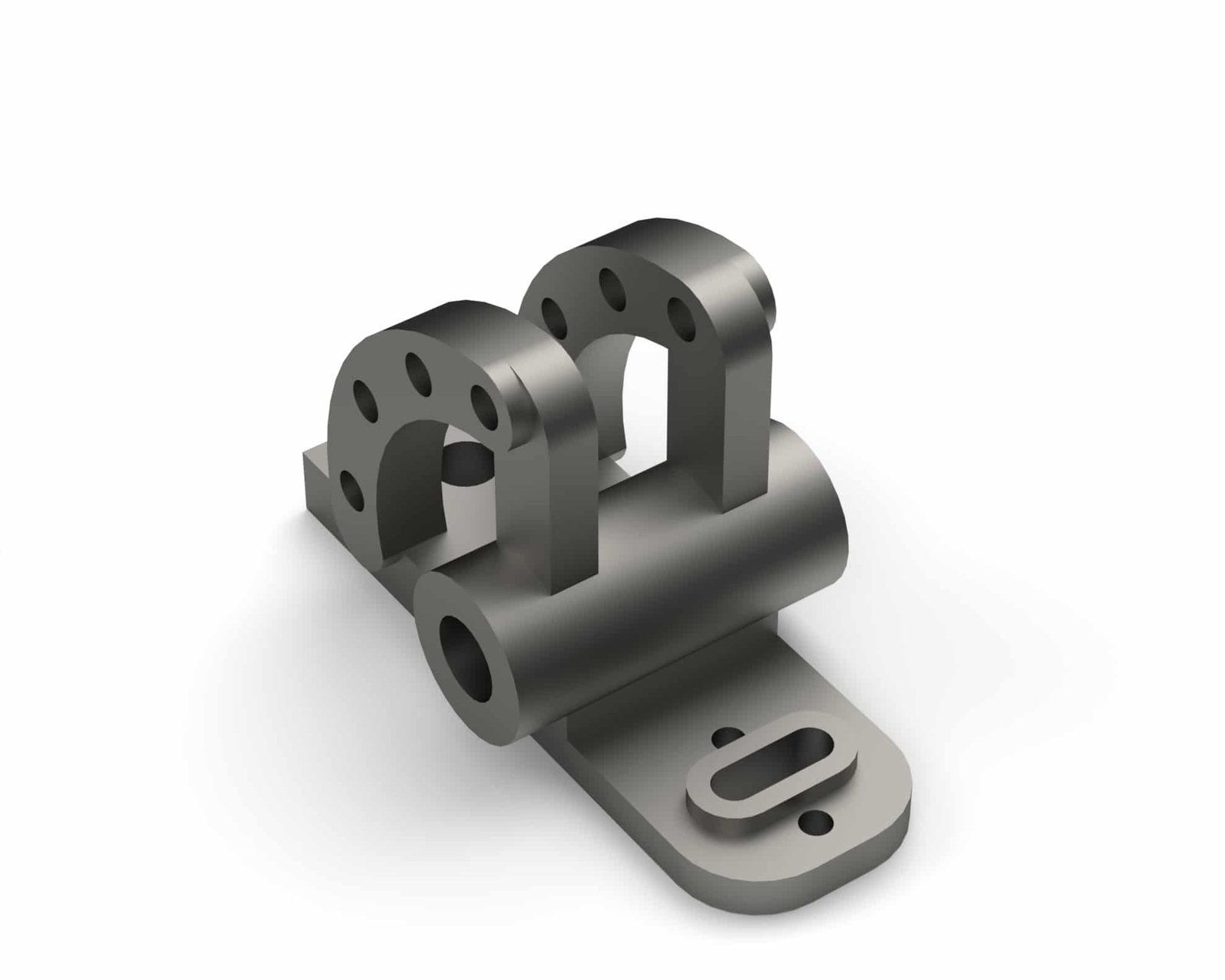 Understanding the Purpose of 3D Modeling Design for Design Hok
Understanding the Purpose of 3D Modeling Design for Design Hok
Understanding the Purpose of 3D Modeling Design for Design Hok
Explore the critical role of 3D modeling in the design process for Design Hok, understanding its purpose, applications, and the benefits it brings to various industries and projects.
Introduction: The Evolution of Design through 3D Modeling
In today’s digital age, the field of design has undergone a significant transformation, driven by technological advancements that have revolutionized how ideas are conceptualized, developed, and brought to life. One of the most powerful tools in this evolution is 3D modeling. For a design firm like Design Hok, 3D modeling is not just a tool—it is an essential part of the creative and developmental process. This blog delves into the purpose of 3D modeling design at Design Hok, exploring how it enhances creativity, improves accuracy, and drives innovation across various projects.

The Core Purpose of 3D Modeling in Design
At its essence, Purpose of 3D Modeling Design for Design Hok of creating a three-dimensional representation of an object or environment using specialized software. This digital model serves as a virtual prototype that can be viewed, analyzed, and manipulated in a way that traditional 2D drawings or physical prototypes cannot match. For Design Hok, the purpose of 3D modeling spans several critical aspects:
1. Visualization and Concept Development
One of the primary purposes of Purpose of 3D Modeling Design for Design Hok is to bring abstract ideas into a tangible form. When a concept is still in the early stages, it may be difficult for clients, stakeholders, or even the design team to fully grasp the envisioned outcome. 3D modeling allows these ideas to be visualized in a detailed and realistic manner, providing a clear representation of what the final product or project will look like.
This ability to visualize complex designs is especially valuable in fields such as architecture, product design, and interior design. For instance, in an architectural project, a 3D model can depict the structure’s exterior, interior spaces, and how it interacts with its environment, offering a comprehensive view that helps in making informed decisions early in the design process.
2. Enhancing Communication and Collaboration
Effective communication is crucial in any design project, especially when multiple stakeholders are involved. Purpose of 3D Modeling Design for Design Hok serves as a universal language that bridges the gap between designers, engineers, clients, and other team members. Unlike traditional 2D blueprints, which may require specialized knowledge to interpret, 3D models are intuitive and easy to understand.
At Design Hok, 3D modeling enables more effective collaboration by providing a clear, visual representation that all parties can engage with. This shared understanding fosters better communication, ensuring that everyone involved in the project is aligned with the design vision and objectives. As a result, potential misunderstandings or misinterpretations are minimized, leading to smoother project progression.
3. Improving Accuracy and Reducing Errors
Accuracy is a critical factor in any design project, as errors can lead to costly revisions, delays, and even project failure. Purpose of 3D Modeling Design for Design Hok significantly enhances accuracy by allowing designers to work with precise dimensions and geometry. The ability to zoom in on specific areas, measure distances, and simulate real-world physics ensures that every aspect of the design is meticulously crafted and optimized.
Furthermore, 3D modeling enables the detection and correction of potential issues before they become problematic. For example, in product design, a 3D model can reveal flaws in the design that may not be apparent in a 2D drawing, such as component interference or structural weaknesses. By identifying these issues early, Design Hok can make the necessary adjustments, reducing the risk of errors during production or construction.
4. Facilitating Prototyping and Testing
Another important purpose of 3D modeling is its role in prototyping and testing. Before a design is finalized and manufactured or built, it often undergoes several iterations and tests to ensure its feasibility, functionality, and aesthetics. 3D modeling allows for the creation of digital prototypes that can be easily modified and tested in a virtual environment.
For instance, in the automotive industry, 3D models of vehicle components can be subjected to virtual stress tests, aerodynamic simulations, and other analyses to assess their performance under different conditions. This virtual testing process saves time and resources by reducing the need for physical prototypes, allowing Design Hok to refine designs more efficiently and cost-effectively.
5. Enhancing Creativity and Innovation
Creativity is at the heart of any design process, and 3D modeling serves as a powerful tool for unleashing and expanding creative potential. By providing a flexible platform where designers can experiment with different forms, materials, and textures, 3D modeling encourages innovative thinking and the exploration of new ideas.
At Design Hok, 3D modeling is used to push the boundaries of traditional design, allowing for the creation of complex shapes, intricate patterns, and unique structures that would be difficult or impossible to achieve through conventional methods. This freedom to innovate results in designs that are not only functional but also aesthetically striking and original.
6. Supporting Marketing and Client Presentations
In addition to its technical applications, 3D modeling plays a crucial role in marketing and client presentations. A well-crafted 3D model can be used to create stunning visualizations, animations, and virtual walkthroughs that showcase a design in its best light. These visual assets are invaluable for convincing clients, securing approvals, and promoting projects to a broader audience.
For Design Hok, 3D modeling provides a competitive edge by enabling the creation of high-quality, photorealistic renderings that effectively communicate the value and vision of a project. Whether it’s a product prototype, an architectural design, or an interior space, these visualizations help clients and stakeholders envision the final result, increasing their confidence and investment in the project.
The Impact of 3D Modeling on Design Hok’s Projects
The integration of 3D modeling into Design Hok’s workflow has had a profound impact on the firm’s ability to deliver high-quality, innovative designs across various industries. The enhanced visualization, accuracy, and communication enabled by 3D modeling have led to more efficient project management, reduced costs, and higher client satisfaction.
Moreover, the creative possibilities unlocked by 3D modeling have allowed Design Hok to take on more complex and ambitious projects, pushing the boundaries of what is possible in design. From cutting-edge architectural structures to innovative product designs, 3D modeling has become an indispensable tool that drives success and sets Design Hok apart in the competitive design landscape.


Conclusion:
The Future of 3D Modeling at Design Hok
As technology continues to advance, the role of 3D modeling in design is expected to grow even more significant. For Design Hok, staying at the forefront of these developments means continuously refining their 3D modeling skills, adopting new tools and techniques, and exploring innovative applications that can further enhance their design process.
In conclusion, the purpose of 3D modeling design at Design Hok is multifaceted, encompassing visualization, communication, accuracy, prototyping, creativity, and marketing. By leveraging the full potential of 3D modeling, Design Hok is able to deliver exceptional designs that meet the highest standards of quality, functionality, and aesthetic appeal.
FAQs
1. What is 3D modeling in design?
3D modeling is the process of creating a three-dimensional digital representation of an object or environment using specialized software. It allows designers to visualize, manipulate, and refine their ideas in a virtual space.
2. Why is 3D modeling important in design?
3D modeling is important because it enhances visualization, improves communication, increases accuracy, facilitates prototyping, supports creativity, and aids in marketing and client presentations.
3. How does 3D modeling improve accuracy in design?
3D modeling improves accuracy by allowing designers to work with precise dimensions, simulate real-world physics, and detect potential issues before they become problematic, reducing the risk of errors during production or construction.
4. What industries benefit from 3D modeling?
Industries that benefit from 3D modeling include architecture, engineering, product design, automotive, entertainment (movies and video games), and interior design, among others.
5. How does 3D modeling support creativity?
3D modeling supports creativity by providing a flexible platform where designers can experiment with different forms, materials, and textures, encouraging innovative thinking and the exploration of new ideas.
6. Can 3D models be used for marketing purposes?
Yes, 3D models can be used to create high-quality visualizations, animations, and virtual walkthroughs that are valuable for marketing, client presentations, and securing project approvals.
7. What software is commonly used for 3D modeling?
Commonly used 3D modeling software includes Blender, Autodesk Maya, AutoCAD, SolidWorks, and ZBrush, each offering different features and capabilities suited to various industries and design needs.



